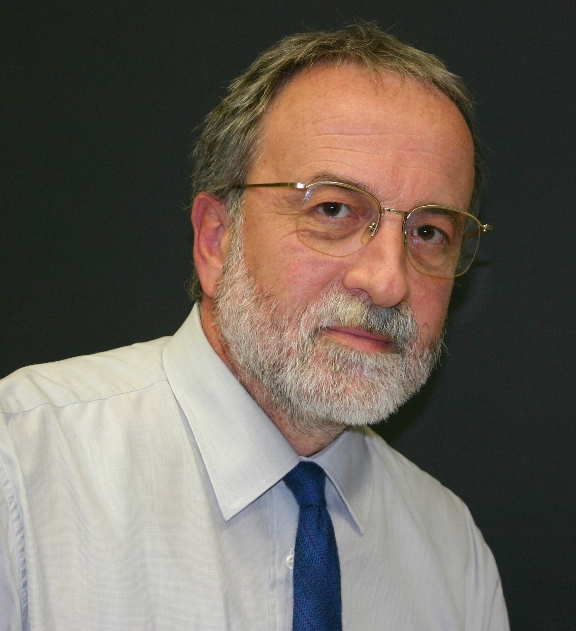On September 30, the Sardinia Radio Telescope (SRT) will be formally inaugurated with a ceremony attended by hundreds of people, including political and astronomical figures, astronomers from all over Italy and Europe, researchers from Sardinian research institutions, school groups, and interested public.
An important step in the history of this impressive radio telescope (64 meters in diameter and about 70 meters in height).
 We asked for a comment from Professor Nichi D’Amico, full professor of astrophysics at the University of Cagliari, director for eight years of the Cagliari Astronomical Observatory (currently directed by Dr. Andrea Possenti), but above all, director of the SRT project.
We asked for a comment from Professor Nichi D’Amico, full professor of astrophysics at the University of Cagliari, director for eight years of the Cagliari Astronomical Observatory (currently directed by Dr. Andrea Possenti), but above all, director of the SRT project.
“SRT represents the great dual challenge launched at the end of the 90s by the Ministry of Research. The realization of SRT is indeed linked to important development choices made by the Ministry of Research at the end of the 1990s, and sanctioned in the D.M. November 4, 1997, no. 648, “Plans for strengthening the scientific and technological network in depressed areas.” With the subsequent Memorandum of Understanding between the National Research Council, the Italian Space Agency, and the Autonomous Region of Sardinia, the project was further funded and was then taken over by the National Institute of Astrophysics in 2003, following the reorganization of Research Institutions.
And here is the dual challenge: not only a scientific outpost for Italian radio astronomy but also a driver of local development. On the occasion of the Inaugural Ceremony of this facility, which is configured as an international structure, it is certainly very satisfying to acknowledge the impact that the project has had – thanks also to the attention of the island’s political, academic, and scientific institutions – both on the territory and on local scientific and technological development. This impact testifies to a formidable process of capitalizing on the original government initiative.
Of about forty industrial actors and/or professionals involved in various capacities in the project, which cost about 60 million Euros, about thirty are based in Sardinia, with a local economic impact estimated at around 25 million Euros. But what matters most is the capitalization process of this initiative orchestrated by local institutions, which has seen the creation of a new city headquarters of INAF in Sardinia equipped with ample space for laboratories and workshops and facilities open to the public; the inclusion of the SRT site in the regional CyberSAR Supercomputing network, the activation of specialized “Master & Back” courses, which involved numerous young Sardinians and constitutes the recruitment pool for the SRT operational team; the activation of guided tours to the SRT site during the completion phase of the facilities, which recorded a couple of thousand visitors per year, and with the imminent opening of the Visitor Center, it could become an excellent hub for scientific tourism.”
In short, those who believe that SRT is “just” a radio telescope, however sophisticated and impressive, will probably have to think again…